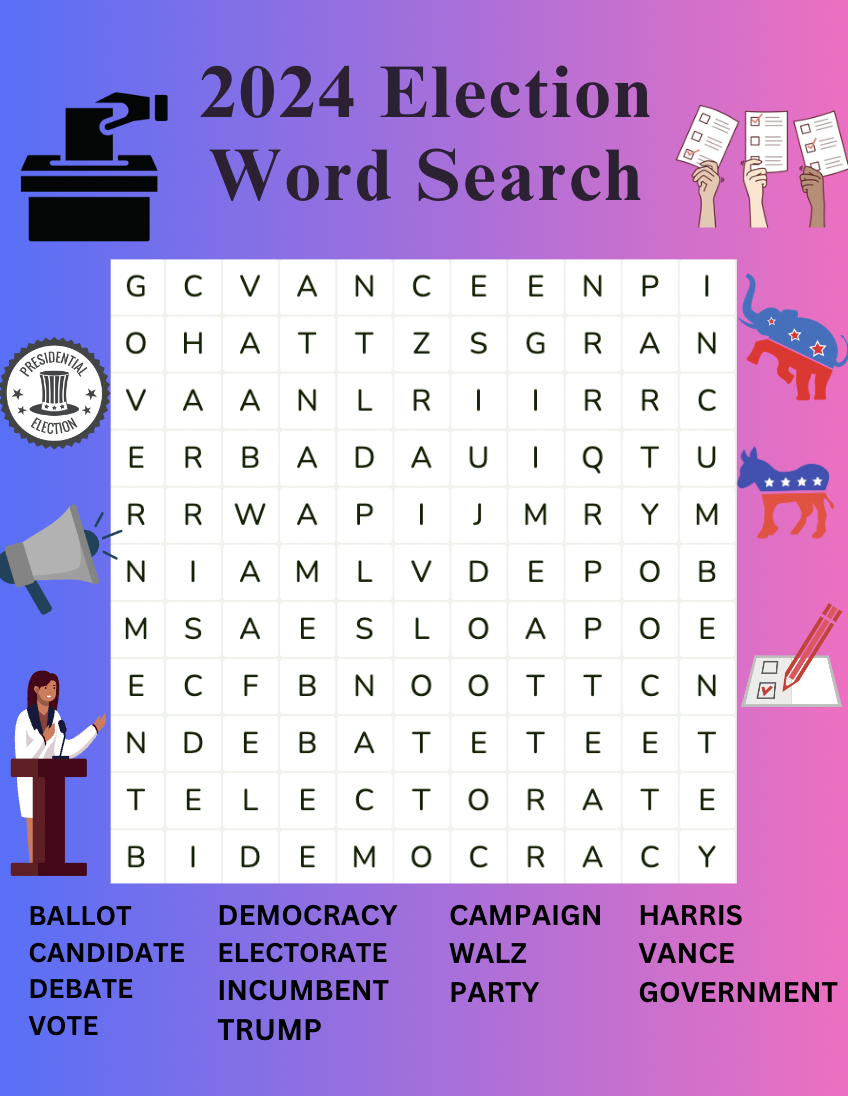Although e-cigarettes and hookah pens have the potential to be a safer alternative to cigarettes, studies have increasingly shown they also have the potential to hook a new generation on nicotine, threatening to reverse a 20-year stretch in which smoking cigarettes has been on the decline.
Portable, smoke-free, and extremely accessible, hookah pens and e-cigarettes are becoming a socially acceptable–and preferred–alternative to smoking cigarettes.

Hookah pens are essentially repackaged e-cigarettes that have been rebranded with colorful designs and candy-like flavors to appeal to teenagers. Like e-cigarettes, the legal age to purchase a pen is 18. However, because of minimal compliance with the law, virtually anyone can have around 400 puffs of a disposable candy, fruit, or menthol-flavored vapor pen for about $10. The pens can be purchased with or without nicotine, and can be purchased online.
In both e-cigarettes and hookah pens, a liquid is heated in the battery-powered device and the user inhales a thick vapor instead of smoke. Because they are tobacco-free, they don’t produce tar and don’t contain other cancer-causing agents found in cigarettes.
“Sarah,” a senior who asked to remain anonymous, said she prefers hookah pens to cigarettes.
“I think the pens are a lot better than cigarettes. It’s more of a social thing, and it’s a little more classy,” said Sarah. “You won’t get in trouble for smelling bad, which is good for teenagers.”
Although some believe hookah pens are a better alternative to cigarettes, the health effects of electronic nicotine vaporizers like hookah pens and e-cigarettes are still largely unknown, according to Bob Curry, Coordinator for Marin County’s Tobacco Control Program.
“There’s just a lack of clinical studies on the health risks,” Curry said. “We don’t know what the dangers are.”
There has been varying research on the severity of e-cigarette and hookah pens’ health effects. One analysis of the vapor by the FDA found carcinogens and toxic chemicals, including ingredients used in antifreeze. Another German study found toxins present, but at only about 20% the level of regular tobacco cigarettes.
Although nicotine-free hookah pens are not known to be addictive by nature, some tobacco-free advocates such as Curry claim they encourage a smoking habit, and serve as a gateway to regular cigarettes.
“One of the main concerns is the perception of young people–middle school youth and younger–that smoking is okay,” he said.
In addition, the longer smoking sessions typically associated with nicotine-flavored hookah pens may allow for more nicotine to be inhaled than cigarettes, posing threats of nicotine addiction and heart problems.
“Jake,” a sophomore who asked to remain anonymous, said he started using hookah pens over the summer and thinks that they are a healthier alternative to cigarettes, because of the suspected lower levels of nicotine.
“I think it’s pretty harmless,” Jake said. “It’s fun to have competitions of who can blow the most ‘O’s’ and who can do the coolest smoke tricks.”
Ironically, while using e-cigarettes or hookah pens are meant as an alternative to traditional tobacco, they might actually be giving the tobacco industry a revival.
Last year, tobacco giants Altria, Reynolds American, and Lorillard–currently the three largest tobacco corporations in America–bought into the booming e-cigarette industry, neutralizing the competitive threat that e-cigarettes posed to traditional tobacco.
In 2010, before the entrance of Big Tobacco into the e-cigarette industry, the FDA warned that e-cigarettes were a potential health risk and stated their intent to regulate them. Today, however, e-cigarettes and hookah pens are still not regulated by any government agency.
E-cigarette and hookah pen companies are reaping the benefits of the unregulated industry by marketing towards minors–a privilege that cigarette brands do not have.
Mirroring cigarette companies’ traditional advertising approach, e-cigarette companies have used cartoons, have hired celebrity spokespeople, and have even sponsored sports to appeal to younger customers. Advertisements for e-cigarettes, sponsored by Big Tobacco, have been broadcasted on prime-time television for the first time since 1971. They can even be purchased online by practically anyone.
E-cigarette companies’ advertising approach may have been extremely successful, as evidenced by a recent spike in use. According to a survey by the Centers for Disease Control and Prevention, 1 in 10 high school students reported using e-cigarettes last year–more than double from the previous year. Of those youth users, more than 75% of them had also used conventional cigarettes. E-cigarette sales are expected to exceed $1.7 billion in 2013 with an estimated 4 million users nationwide.


